Remember when things were built to last? When you could pass down a radio from father to son, or when your grandmother’s mixing bowls could survive a nuclear blast? Those days seem like a distant memory now that everything’s made of lightweight, colorful plastic that breaks if you look at it wrong. Let’s take a trip down memory lane and reminisce about twelve everyday items that used to have some real heft to them.
1. Lunch Boxes
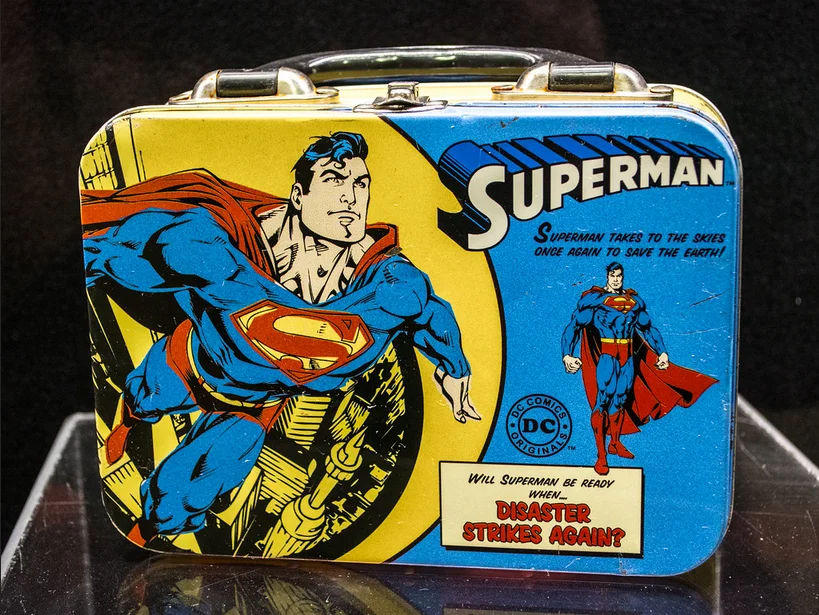
Remember when carrying your lunch to school or work meant lugging around a genuine metal fortress? Those steel lunch boxes from the 1950s and 60s could double as a weapon if you ever found yourself in a playground scuffle. The satisfying “clank” when you opened the lid, the way they dented but never broke, and how they kept your sandwich perfectly cool thanks to that heavy metal construction.
These days, kids carry flimsy plastic containers that crack after a week and insulated soft bags that look more like purses. Sure, they’re lighter and come in more colors than a rainbow, but they lack that substantial feel that made lunch time feel important. You can’t tell me a plastic Pokemon lunch box has the same gravitas as a solid metal Roy Rogers or Superman lunch pail.
2. Combs
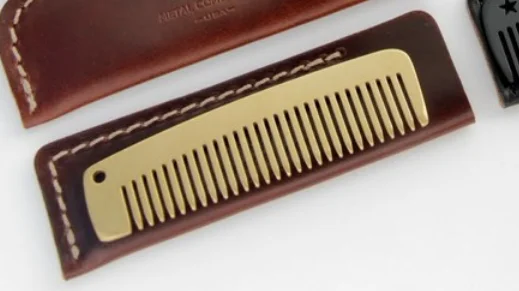
Every barbershop worth its salt had a jar of blue disinfectant filled with honest-to-goodness hard rubber or celluloid combs. These weren’t the flimsy plastic things that snap in half when you hit a knot—they were substantial tools that could last for decades. The weight in your hand told you this was a serious grooming instrument, not a disposable afterthought.
Today’s plastic combs are cheap, cheerful, and completely forgettable. They come free with hair products, break after a few months, and end up in landfills by the millions. While they’re certainly more affordable and come in every color imaginable, there’s something sad about a world where even our most basic grooming tools are designed to be thrown away.
3. Toy Soldiers
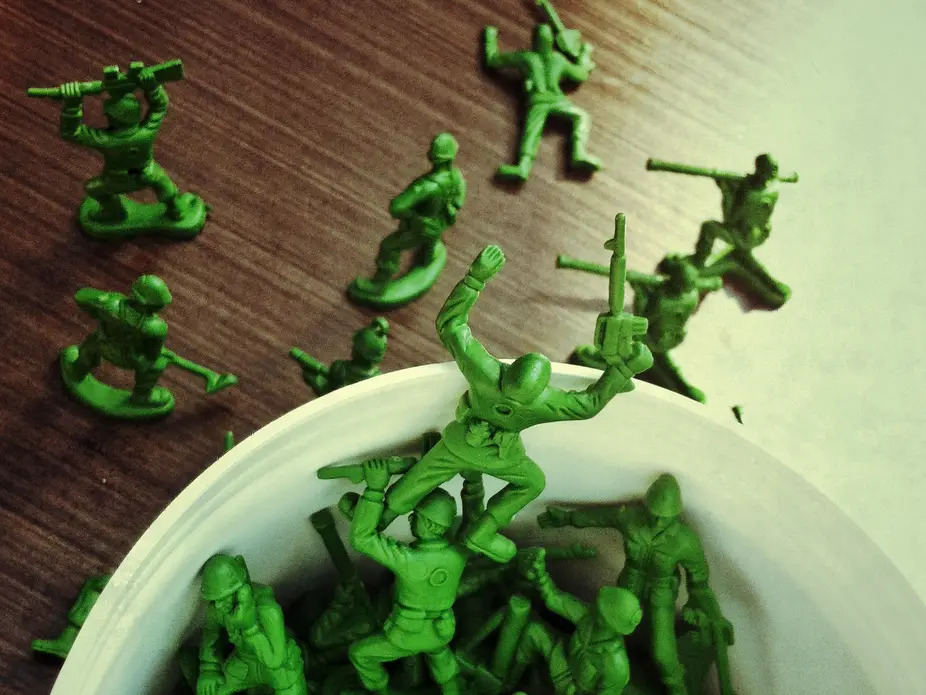
The classic green army men of the 1960s were made of sturdy metal that could survive carpet bombing campaigns under the coffee table. You could bend them, drop them, and even accidentally step on them, and they’d spring back ready for the next battle. The satisfying weight of a handful of metal soldiers made playtime feel more realistic and important.
Modern plastic army men are lightweight, detailed, and come in various colors, but they lack that hefty authenticity. They’re cheaper to produce and safer for younger children, but something’s lost when your entire battalion can be crushed by a gentle squeeze. The original metal versions had a permanence that made every imaginary war feel like it mattered.
4. Scissors
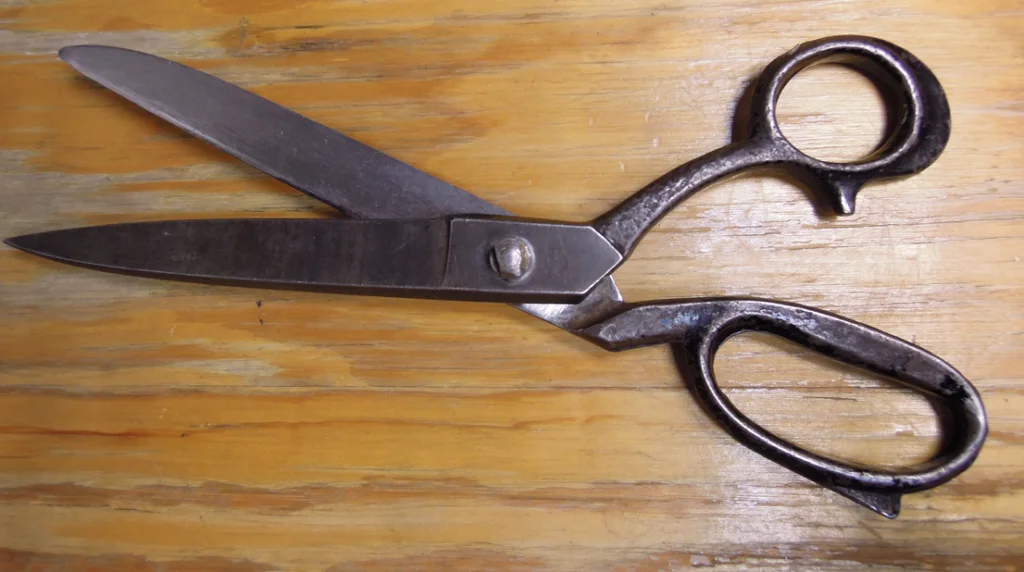
Your mother’s sewing scissors were forged from solid steel and could cut through fabric, paper, or your father’s patience with equal efficiency. These weren’t delicate instruments—they were tools built for serious work, with metal handles that fit perfectly in your hand and blades that stayed sharp for years. The satisfying snip they made when cutting felt authoritative and final.
Today’s scissors often feature plastic handles in ergonomic shapes and bright colors, prioritizing comfort over durability. While they’re lighter and easier on arthritic hands, they don’t command the same respect as their all-metal predecessors. There was something about the weight and coldness of metal scissors that made you take your cutting seriously.
5. Hair Brushes
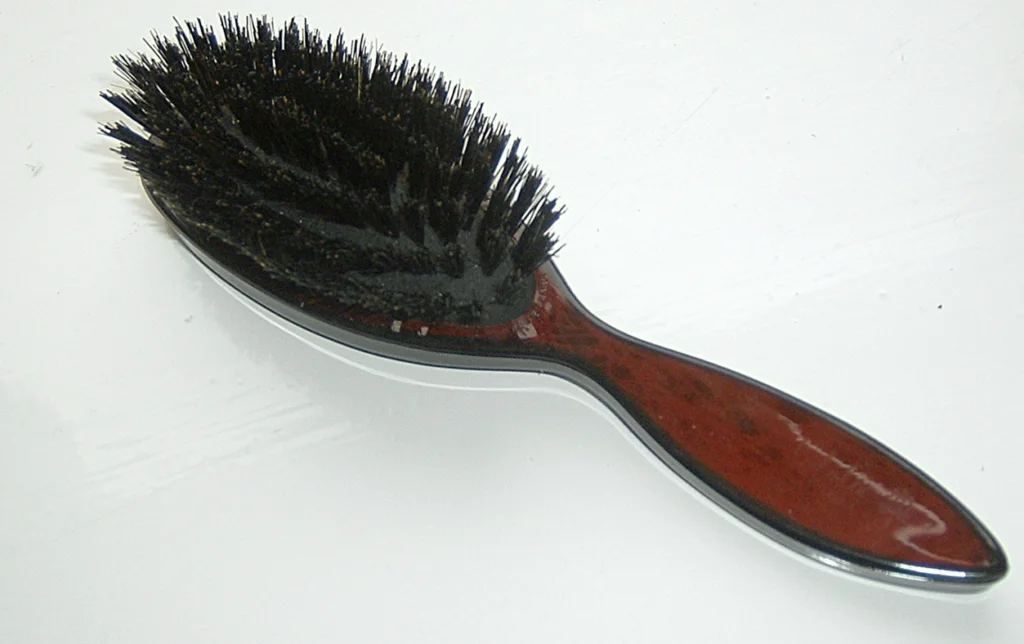
A proper hairbrush used to be a work of art—genuine boar bristles set into a wooden handle that could last a lifetime. The weight of a quality brush in your hand suggested this was an investment in your appearance, not just another disposable beauty tool. These brushes improved with age, developing a patina and character that matched their owner’s personality.
Modern plastic brushes with synthetic bristles are undeniably more hygienic and affordable, but they lack soul. They’re lighter, easier to clean, and come in countless styles, yet something’s missing when your most personal grooming tool feels like it came from a vending machine. The ritual of brushing your hair loses some of its meditative quality when the brush itself feels temporary.
6. Kitchen Utensils

Every kitchen had that one wooden spoon, darkened with age and seasoning, that had stirred thousands of meals and occasionally disciplined unruly children. These weren’t just cooking tools—they were family heirlooms with stories to tell and scratches to prove it. The same went for metal spatulas and ladles that could withstand any heat and outlast any cook.
Today’s colorful silicone and plastic utensils are heat-resistant, dishwasher-safe, and won’t scratch your fancy non-stick pans, but they’re about as soulful as a parking meter. They’re undeniably practical and come in more colors than a paint store, yet they’ll never develop the character that comes from years of faithful service. There’s something sterile about cooking with tools that look like they belong in a laboratory.
7. Picture Frames
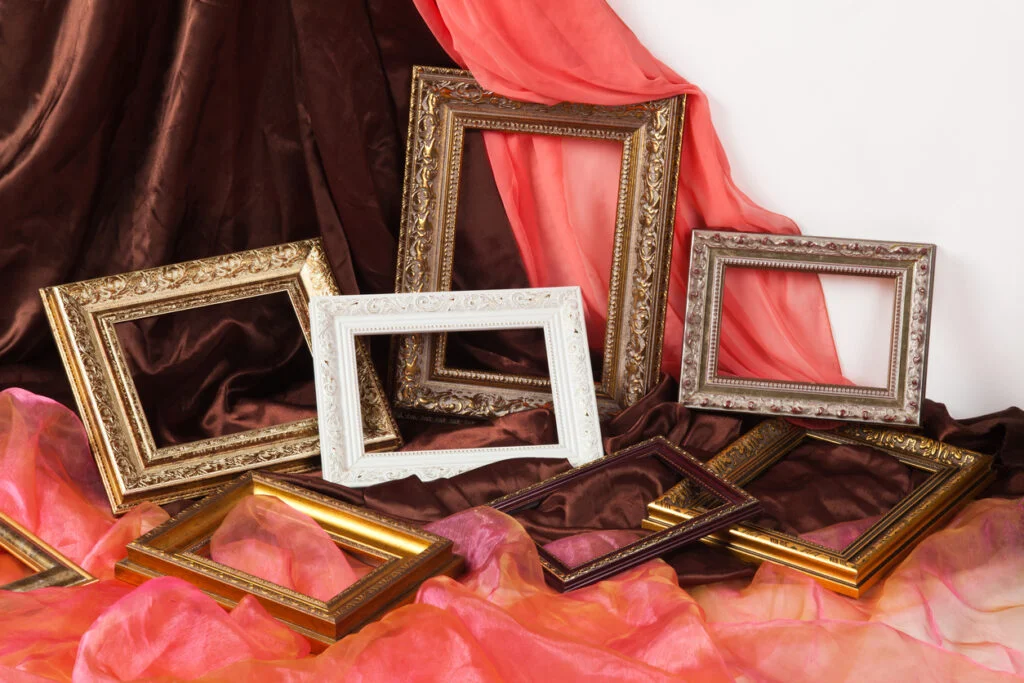
A family photograph deserved a frame made of real wood or solid metal, something substantial enough to honor the memories it protected. These frames had weight, presence, and dignity—they commanded attention on mantels and side tables like small monuments to family history. The craftsmanship was evident in every joint and corner, built to showcase precious moments for generations.
Modern plastic frames are lightweight, cheap, and available in every style imaginable, but they treat your memories like temporary decorations. They’re practical for renters and frequent redecorators, yet something feels wrong about housing your wedding photos in the same material as disposable cups. Your grandmother’s wedding portrait deserves better than a frame that costs less than the photo processing used to.
8. Measuring Cups
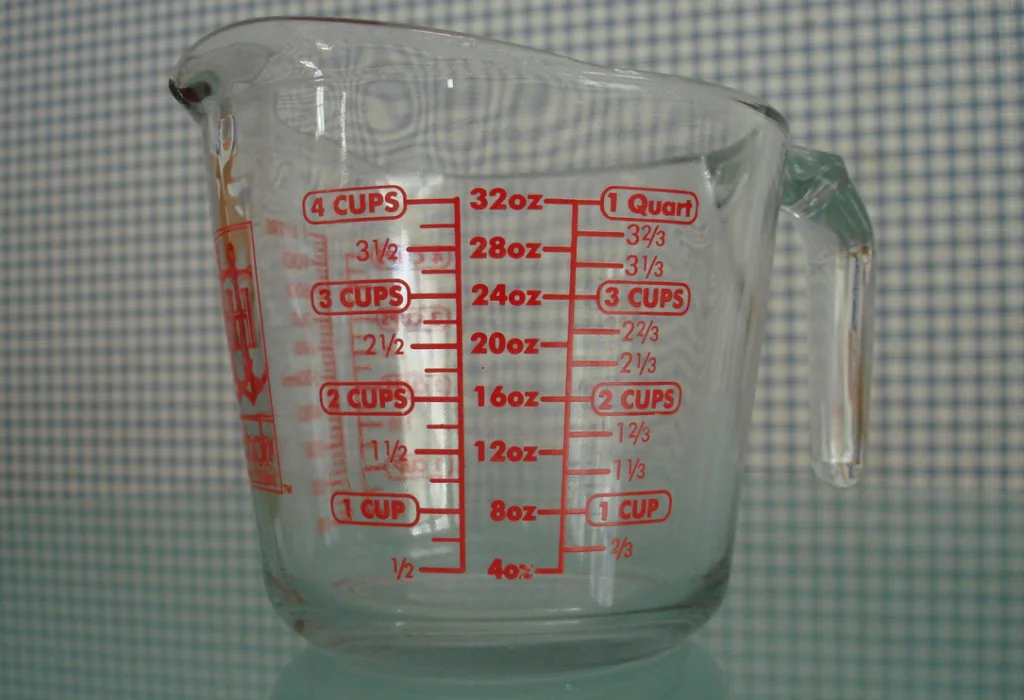
Baking used to require a set of metal measuring cups that rang like bells when nested together and could survive being dropped on any kitchen floor. These weren’t just measuring tools—they were precision instruments that took their job seriously, with clear markings that wouldn’t fade and construction that could outlast three generations of family recipes. The satisfying clink they made when stacked told you these were tools for serious cooks.
Today’s plastic measuring cups are lighter, easier to read, and come in cheerful colors that brighten any kitchen, but they lack gravitas. They’re practical for everyday use and won’t dent your floor if dropped, yet something’s lost when your baking tools feel disposable. There was something reassuring about the permanence of metal cups that made following Grandma’s recipes feel like participating in an ancient ritual.
9. Rulers
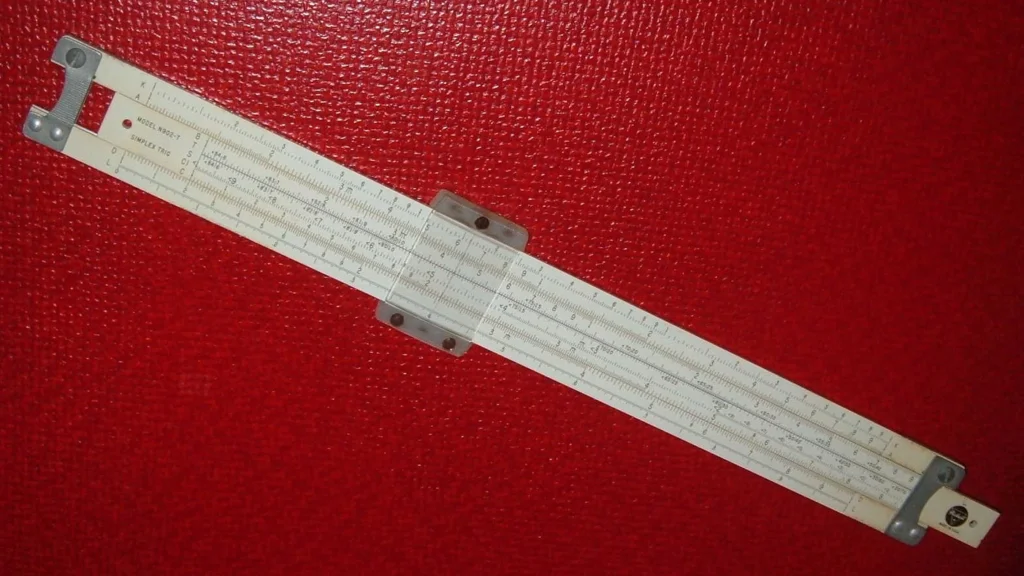
Every student knew the distinctive slap of a wooden ruler against a desk—it was the sound of authority and precision rolled into one. These weren’t just measuring tools; they were badges of academic seriousness, crafted from real wood with clear, permanent markings that wouldn’t wear off after a semester of use. The weight and rigidity of a proper wooden ruler made drawing straight lines feel like an accomplishment.
Modern plastic rulers are flexible, colorful, and won’t leave splinters in curious fingers, but they bend under pressure both literally and figuratively. They’re undeniably safer and more child-friendly, yet they lack the commanding presence that made students sit up straighter. There was something about the authority of wood that made geometry feel more important than it probably was.
10. Garden Tools
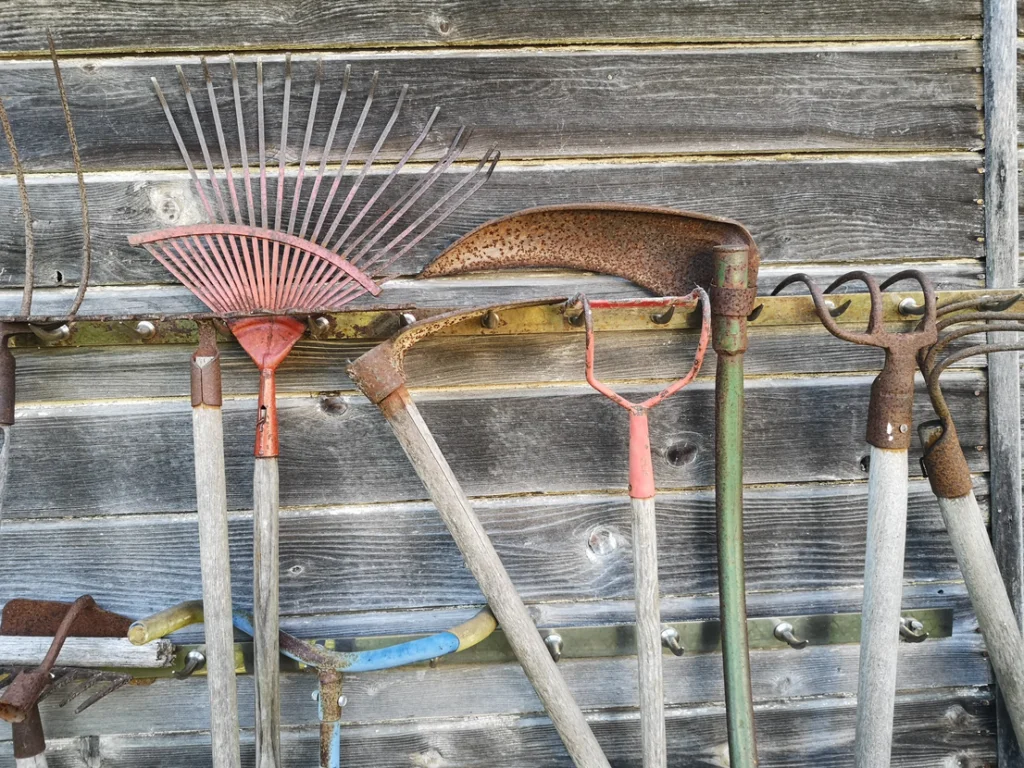
A proper garden spade was forged from steel with a wooden handle worn smooth by countless seasons of honest work. These tools developed character over time—the blade darkened with earth, the handle polished by calloused hands, and the connection between gardener and tool deepened with every season. They were investments that lasted decades and often got passed down along with gardening wisdom.
Today’s lightweight plastic and composite tools are easier on aging backs and won’t rust in the garden shed, but they lack the substantial feel that made gardening feel like serious work. They’re colorful, ergonomic, and perfectly practical, yet something’s missing when your gardening tools feel like toys. There was a meditative quality to working with tools that had weight and history behind every motion.
11. Drinking Glasses
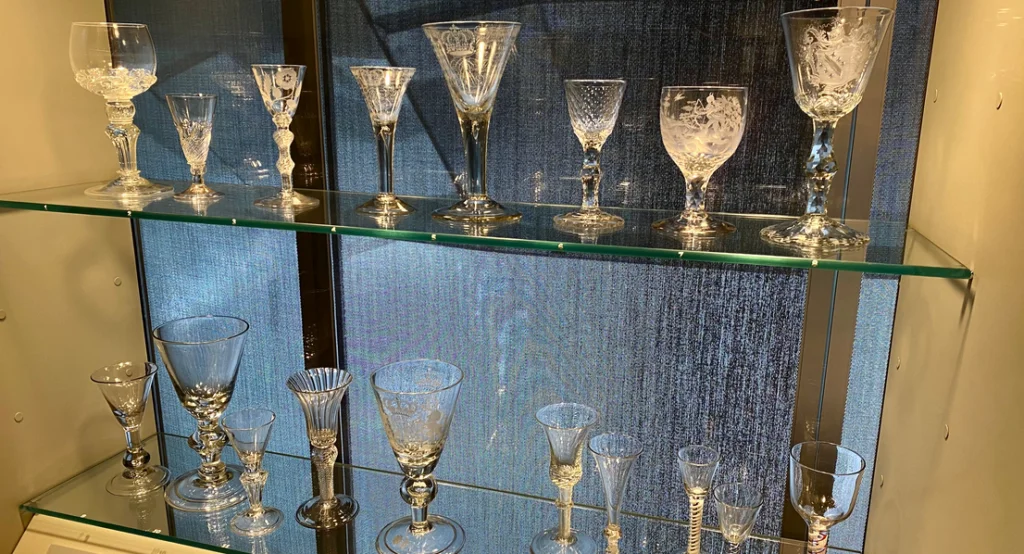
Water tasted different from a real glass tumbler—cleaner, colder, and somehow more important than liquid consumed from disposable cups. These glasses had substance and clarity that made even tap water feel like a proper beverage, and the satisfying weight in your hand reminded you that drinking was a civilized activity. The musical clink when glasses touched during toasts added ceremony to every occasion.
Modern plastic drinkware is unbreakable, lightweight, and perfect for poolside parties, but water tastes like the container and everything feels temporary. They’re undeniably practical for families with young children and outdoor entertaining, yet something’s lost when your beverages taste faintly of petroleum products. There was a ritual quality to drinking from real glass that made even the simplest refreshment feel like a proper pause in the day.
12. Alarm Clocks

The wind-up alarm clock beside your bed was a mechanical marvel—all springs and gears that ticked away the night and erupted into ear-splitting authority when morning arrived. These clocks had presence on the nightstand, with brass bells that could wake the dead and hands that moved with purposeful precision. The ritual of winding them each night connected you to the passage of time in a tangible way.
Today’s digital plastic clocks are accurate, quiet, and packed with features our grandparents couldn’t imagine, but they’re about as inspiring as a microwave oven. They’re undeniably more reliable and won’t wake the neighbors, yet something’s lost when timepieces have no soul or substance. There was something comforting about the steady tick of a mechanical clock that made nighttime feel less lonely and morning arrivals feel earned.
The march toward plastic everything was probably inevitable—it’s cheaper, lighter, and often more practical than the materials of yesteryear. But in our rush toward convenience and disposability, we’ve lost something intangible yet important: the weight of permanence, the satisfaction of quality, and the simple pleasure of owning things built to last. Sometimes progress feels an awful lot like settling for less.
This story 12 Things That Used to Be Made of Metal, Wood, or Glass—Now It’s All Plastic was first published on Takes Me Back.


